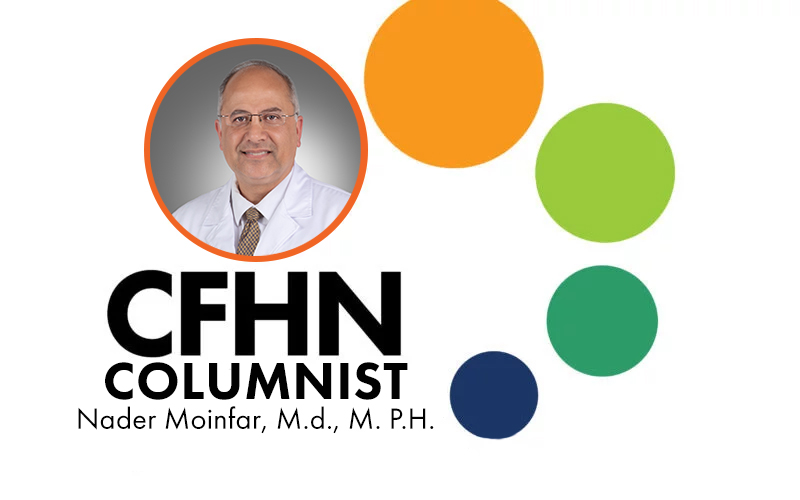
Health News
Features
-
For him: Taking time to take care of yourself
Local Doctors (and Dads) Share How to Open the Door to a Longer, Healthier Life Fatherhood has many joys, but the stress of being a leader, provider, problem-solver, fix-it man, encourager, chauffeur, and disciplinarian can take a toll. In the long run, cutting stress and making a commitment to your health will help improve your…
-
Outdoor safety tips for summer
Just in Time for Fireworks and Grilling Season According to the American Pyrotechnics Association’s National Council on Firework Safety, each year in the United States, fireworks cause 20,000 fires and almost 10,000 people are injured from activities related to fireworks. On average, four people die from their injuries each year. What is extremely eye opening…
-
A campaign to help those with hearing loss
How the ‘Loop Florida’ Initiative Will Create Better Quality Hearing for those in Need “Loop Florida” is a phrase that you will be hearing more often from now on. On April 17, the Loop Florida initiative was officially launched. Spearheaded by the Central Florida Speech and Hearing Center with participation by the Hearing Loss Association, Lakeland…
Columns
-
Smoking Hurts More Than Your Lungs
I cannot really believe that the holidays are upon us already. This year has been like no other with its usual mix of pain and pleasure. I would like to take this opportunity to emphasize the role of lifestyle in the management of vascular disease that can lend a sense of control in its otherwise…
-
What Is Age-Related Macular Degeneration, or AMD?
by NADER MOINFAR, M.D., M.P.H. Geographic atrophy (GA) is an advanced form of dry age-related macular degeneration (AMD). In general, AMD is a disease that progresses in stages. Patients with advanced AMD experience vision loss from either excess fluid and blood (wet AMD) or the death of cells (GA). It is estimated that 1.5 million…
-
Understanding Abdominal Aortic Aneurysm
An aneurysm is a “weakening” or “dilatation” in a part of an artery. An estimated 15,000 people die of ruptured abdominal aortic aneurysm (AAA) every year in the US. About 200,000 new cases of AAA are diagnosed every year. Most of these are diagnosed by tests that are done for unrelated reasons. The aorta is…




